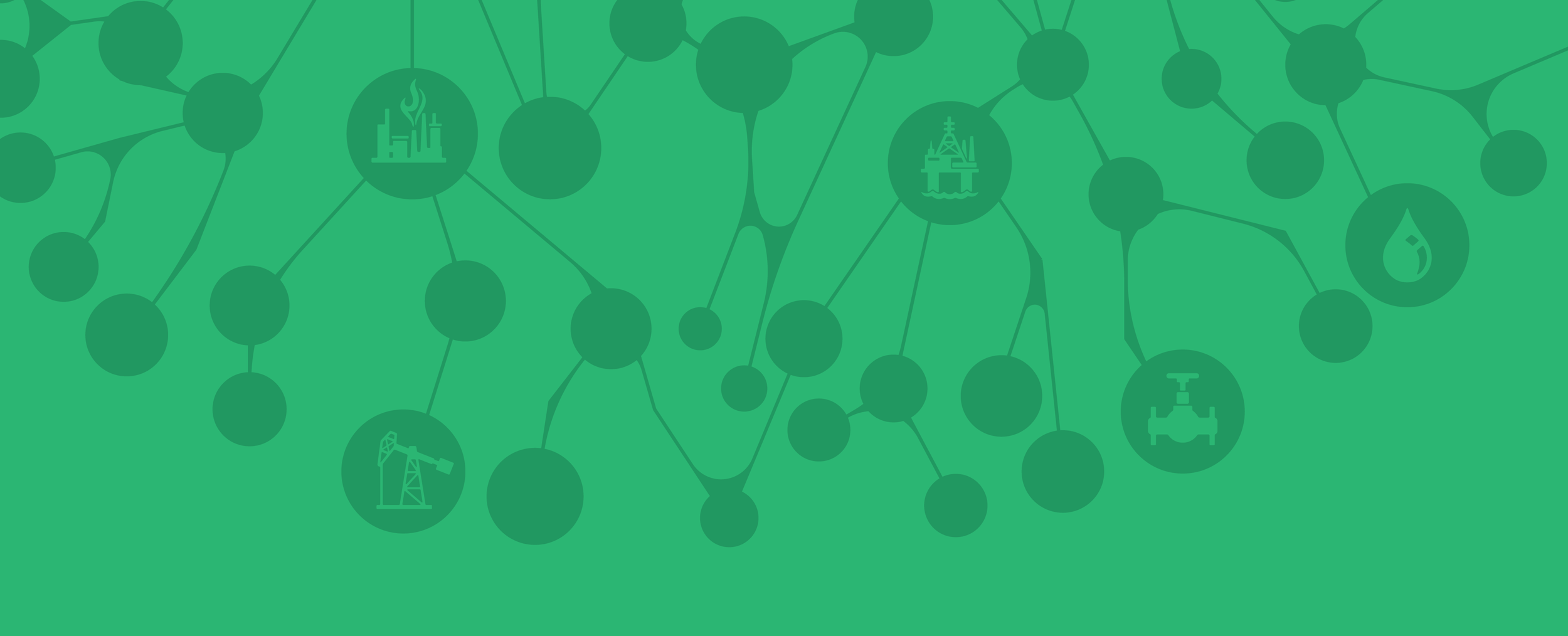
Are You Ready to Fuel Your Mind?
GATE Energy was founded with the mission of doing things right the first time. This simple yet powerful mission drove us to build processes and systems that have allowed us to hire, train, and develop graduate engineers into industry recognized subject matter experts and thought leaders.
Our Technical Blog Gives You Access To:
On-demand training videos developed by our industry experts
Easy-to-use simulation tools that will provide an 80-20 solution for typical production monitoring and optimization workflows
Technical articles and abstracts centered around energy industry knowledge and lessons learned
We want to do our part and make sure that new decision makers have the right tools, guidance, mentors, and coaches to help them make the right decision the first time, every time.
Blockage Remediation Part 1: Blockage Characterization & Detection
This series of two articles discusses the diagnosis, detection and remediation of oil and gas production system blockages in detail. The current issue focuses on blockage characterization and detection.
Wax Management Strategy Part 2: Wax Deposition Modeling
The objective of this GATEKEEPER is to provide a high-level overview of the model commonly used in the industry to estimate the wax deposition.
Wax Management Strategy Part 3: Design, Development & Maintenance
The design and development of a viable, robust wax management strategy relies upon the economical evaluation of available management techniques.
Wax Management Strategy Part 1: Establishing Initial Wax Risk
Wax management strategies developed during Front End Engineering Design (FEED) can mitigate or perhaps even prevent these costs. The goal of this GATEKEEPER series is to provide high-level insight into the planning, execution, and maintenance of wax management strategies.
Practical Guidelines for the Diagnosis and Remediation of Pipeline Blockages
One of the primary flow assurance challenges in the production of hydrocarbons is the prevention of pipeline blockages.
Bacterial Monitoring & Remediation In Pipelines
This GATEKEEPER discusses the various bacteria testing options that are available, which can be used to validate MPN results, as well as the mitigation and remediation techniques that can be used to decrease the probability or severity of MIC to pipeline infrastructure.
Slugging Management
Proper sizing of the flowlines and risers coupled with optimal choking and gas-lift will greatly reduce the risk of slugging and help in efficient management of slugs throughout the life of the field.
Paraffin Wax: Formation, Mitigation Methods & Remediation Techniques
Paraffin precipitation and deposition in flowlines and pipelines is an issue impacting the development of deepwater subsea hydrocarbon reservoirs.
Pipeline Pigging Part 2: In-Line Inspection For Metal Loss
In this paper, the most commonly used In-Line Inspection (ILI) techniques, methodology and limitations applicable to detecting metal loss and wall thickness measurements are presented.
Pipeline Pigging Part 1: Cleaning Pigs & Pigging Strategy
This paper is the first part of a two part series and presents an overview of pig selection criteria for cleaning and maintenance of the pipelines, and covers high level guidance on establishing a progressive pigging strategy.
Asphaltenes: Deposition & Testing Technical Articles
Asphaltenes are large, complex organic components present in the oil phase, along with resins, aromatic hydrocarbons, and alkanes (saturated hydrocarbons). Resins play an important role in stabilizing asphaltenes in crude oil. When the resins get destabilized, (under unfavorable pressure-temperature conditions) asphaltenes can agglomerate and deposit.
Hydrates: Prediction, Mitigation & Remediation Techniques
In subsea oil production systems, hydrate mitigation methods during steady state operation are almost always based around heat conservation.



